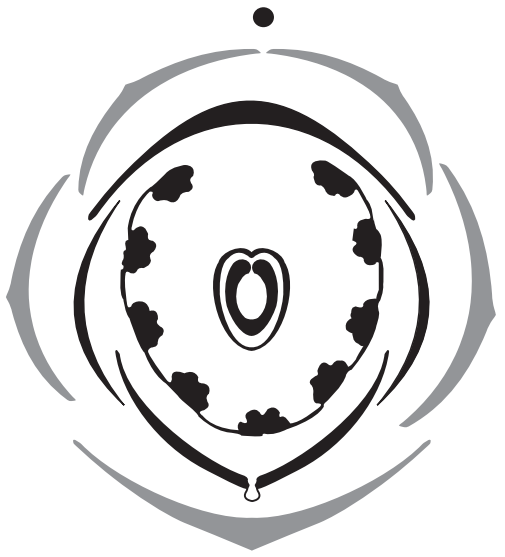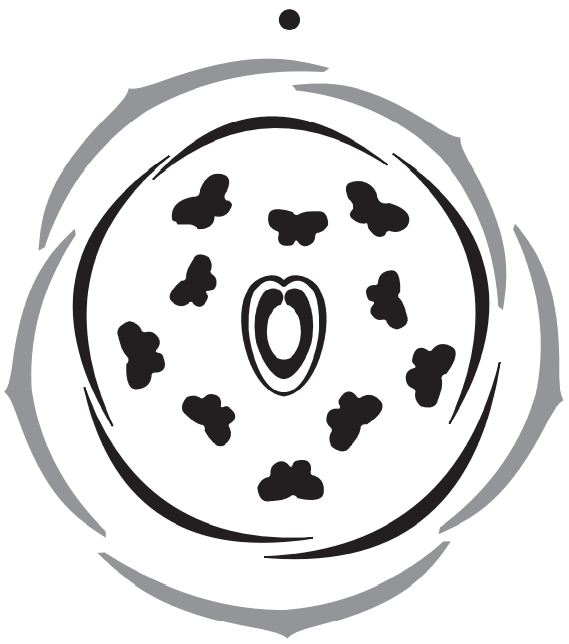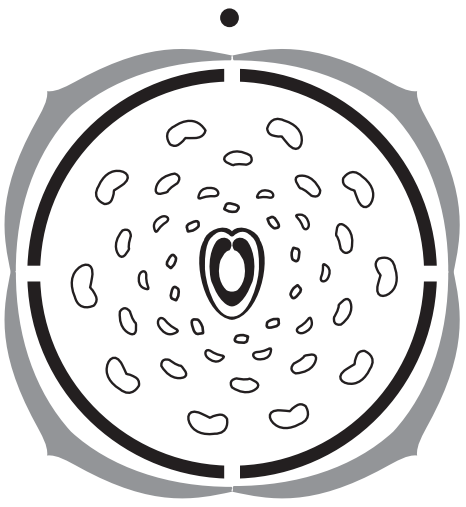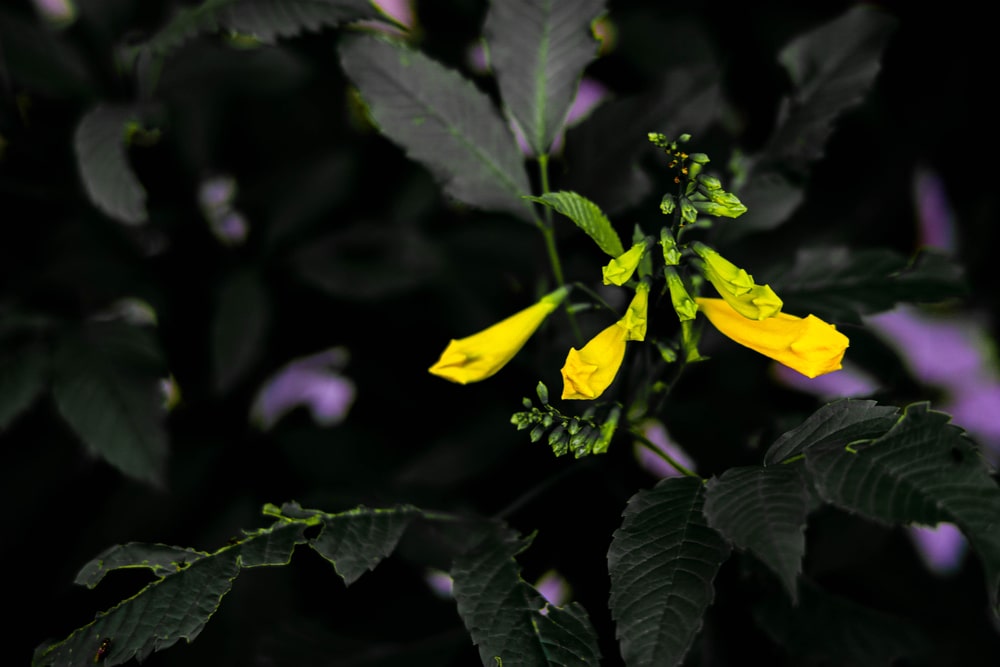Overview of Leguminosae
Table of Contents
Habit:
- These are herbs, shrubs, trees, twiners, or climbers.
Roots:
- The roots of many species, particularly Papilionaceae, have tubercles.
Leaves:
- These are alternate, pinnately compound, and rarely simple, as in rattlewort (Crotalaria sericea), camel’s foot tree (bauhinid), and some species of desmodium, e.g. D. gangeticum, with a swollen leaf-base known as the pulvinus. There are two, usually free, stipules.
Flowers:
- These are bisexual and complete, regular or zygomorphic or irregular, and hypogynous or slightly perigynous.
Calyx:
- There are usually 5 or (5) sepals, with the odd one anterior (away from the axis). Sometimes there are four sepals. They may be united or free.
Corolla:
- There are usually five petals, with the odd one posterior (towards the axis). Sometimes there are four petals, free or united.
Androecium:
- There are usually 10 or more stamens (often less than 10 by reduction) free or united.
Gynoecium:
- There is one carpel. The ovary is one-celled, with one too many ovules. It is superior and the placentation is marginal. The ovary often borne on a long or short stalk is called the stipe or gynophore.
Fruit:
- This is mostly a legume or pod (dehiscent), or sometimes a lomentum (indehiscent).
This is the second biggest family among the dicotyledons and has varying characteristics. As such, it has been divided into the following sub-families: Papilionaceae, Caesalpinieae, and Mimoseae. The division is primarily based on the characteristics of the corolla and the stamens.
Papilionaceae
Habit:
- Herbs, shrubs, trees, and climbers.
Leaves:
- Unipinnate, sometimes trifoliate, rarely simple; stipels often present.
Inflorescence:
- Usually a raceme.
Flowers:
- Zygomorphic, polypetalous, and papilionaceous.
Calyx:
- Usually has five sepals, gamosepalous, often imbricate, sometimes valvate.
Corolla:
- Usually has five petals, free, of very unequal sizes, the posterior and largest one being the vexillum or standard, the two lateral ones being the wings or alae, and the two innermost ones (apparently united) forming the keel or carina; aestivation vexillary.
Androecium:
- Stamens 10, diadelphous (9) + 1, rarely 10, free, as in coral tree (erythrina), or (10), connate, as in rattlewort (crotalaria).
Floral formula:


Examples: Methi, indigo, Bengal gram, etc.
Caesalpinieae
Habit:
- Shrubs trees, rarely climbers or herbs.
Leaves:
- Unipinnate or bipinnate, rarely simple, as in camel’s foot tree (Bauhinia); stipels absent.
Inflorescence:
- Mostly a raceme.
Flowers:
- Zygomorphic or irregular and polypetalous.
Calyx:
- Sepals usually have five, polysepalous (sometimes gamosepalous), imbricate.
Corolla:
- Usually have five petals, free, subequal or unequal, the odd or posterior one (sometimes very small) always innermost; aestivation imbricate.
Androecium:
- There are 10 stamens, or less by reduction; free.
Floral formula:


Examples: Indian Senna, Saraca indica, etc.
Mimoseae
Habit:
- Shrubs and trees, sometimes herbs or woody climbers.
Leaves:
- Bipinnate; stipels present or absent.
Inflorescence:
- A head or a spike.
Flowers:
- Regular, often small, and aggregated in spherical heads.
Calyx:
- (5) or (4) sepals, generally gamosepalous, valvate.
Corolla:
- (5) or 4) petals, mostly gamopetalous; aestivation valvate.
Androecium:
- Usually, ∞ stamens, sometimes 10 (as in Entada, Neptunia, Prosopis, and Parkia), free, often united at the base; pollen often united in small masses.
Floral formula:


Examples: Catechu and other species of acacia, Mimosa pudica, etc.
Make sure you also check our other amazing Article on : Gramineae
